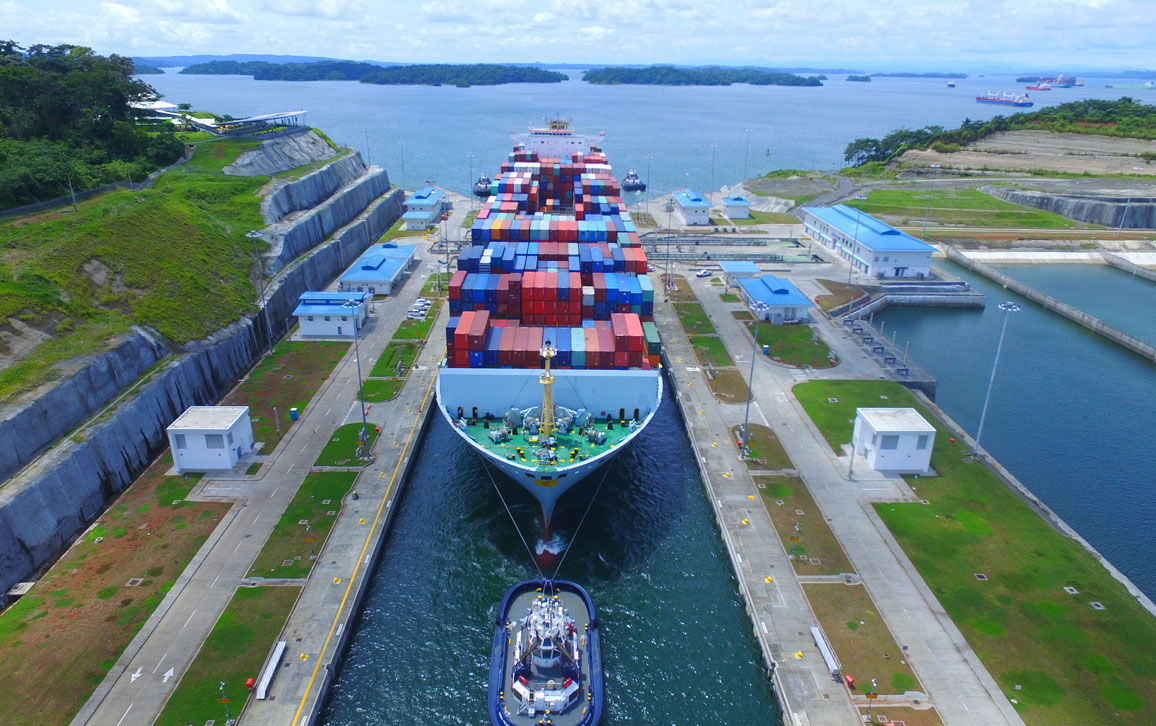A Taxed Infrastructure
By Henry Petroski
Managing safe water supplies grows more complicated as demand increases.
Managing safe water supplies grows more complicated as demand increases.

Between 2004 and 2012 I was a member of a technical review board that met a couple of times a year in Las Vegas, Nevada. My usual flights took us over Lake Mead, the reservoir and recreational water resource created by the completion of Hoover Dam. Located about 40 miles south-southeast of Las Vegas, the dam is a popular day trip for tourists. A visit to Hoover Dam makes clear that the arched concrete monolith is only part of a massive system of water control and exploitation. Lake Mead is the largest U.S. reservoir, measured in terms of water capacity, and, like the dam itself, the lake serves multiple purposes. It not only provides a head of water to drive the turbines in the power plant at the base of the massive concrete structure but also serves as a source of water to many surrounding cities, including Las Vegas.

Courtesy of the Panama Canal Authority.
Click "American Scientist" to access home page
American Scientist Comments and Discussion
To discuss our articles or comment on them, please share them and tag American Scientist on social media platforms. Here are links to our profiles on Twitter, Facebook, and LinkedIn.
If we re-share your post, we will moderate comments/discussion following our comments policy.